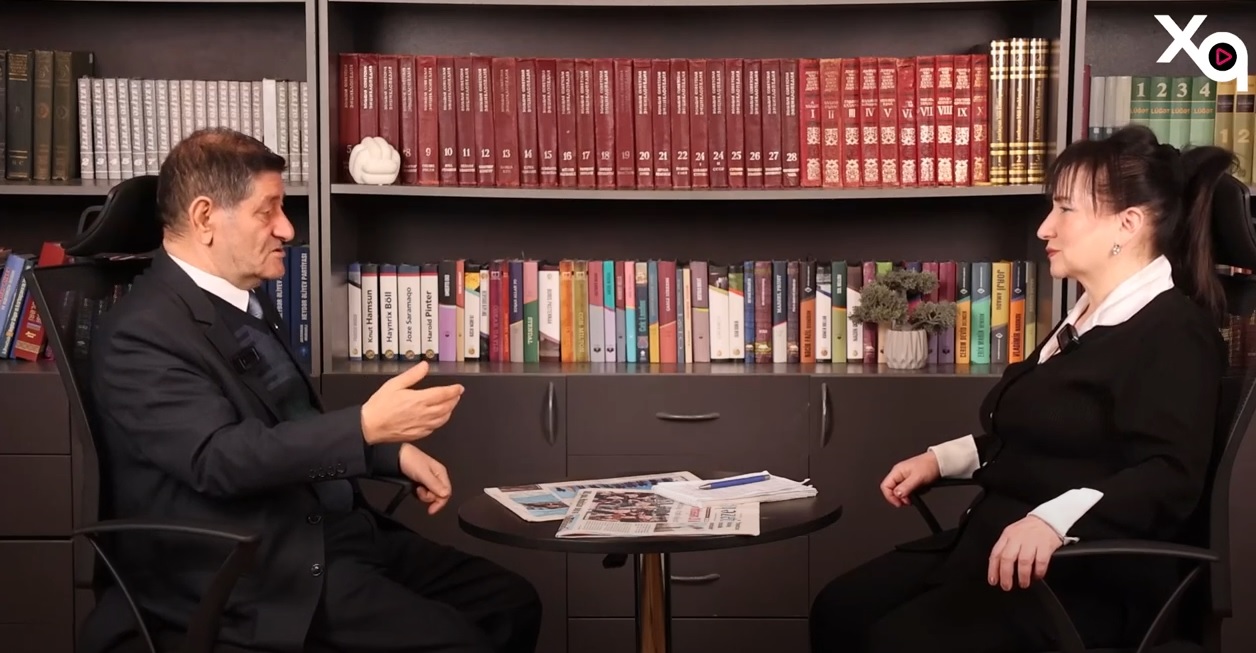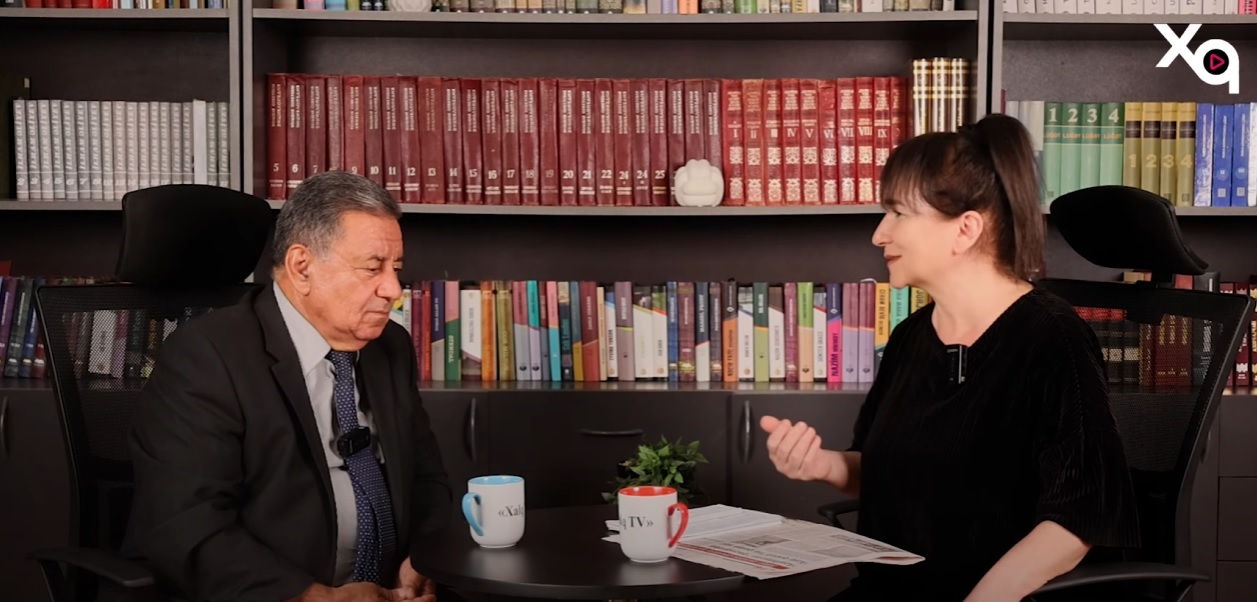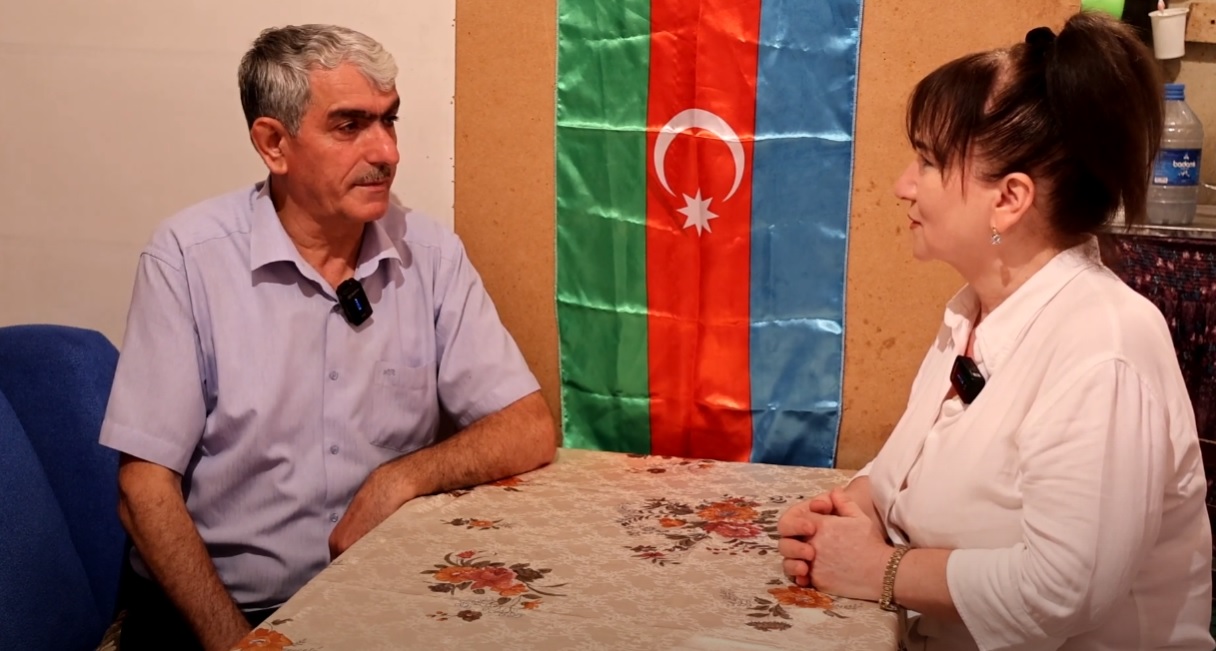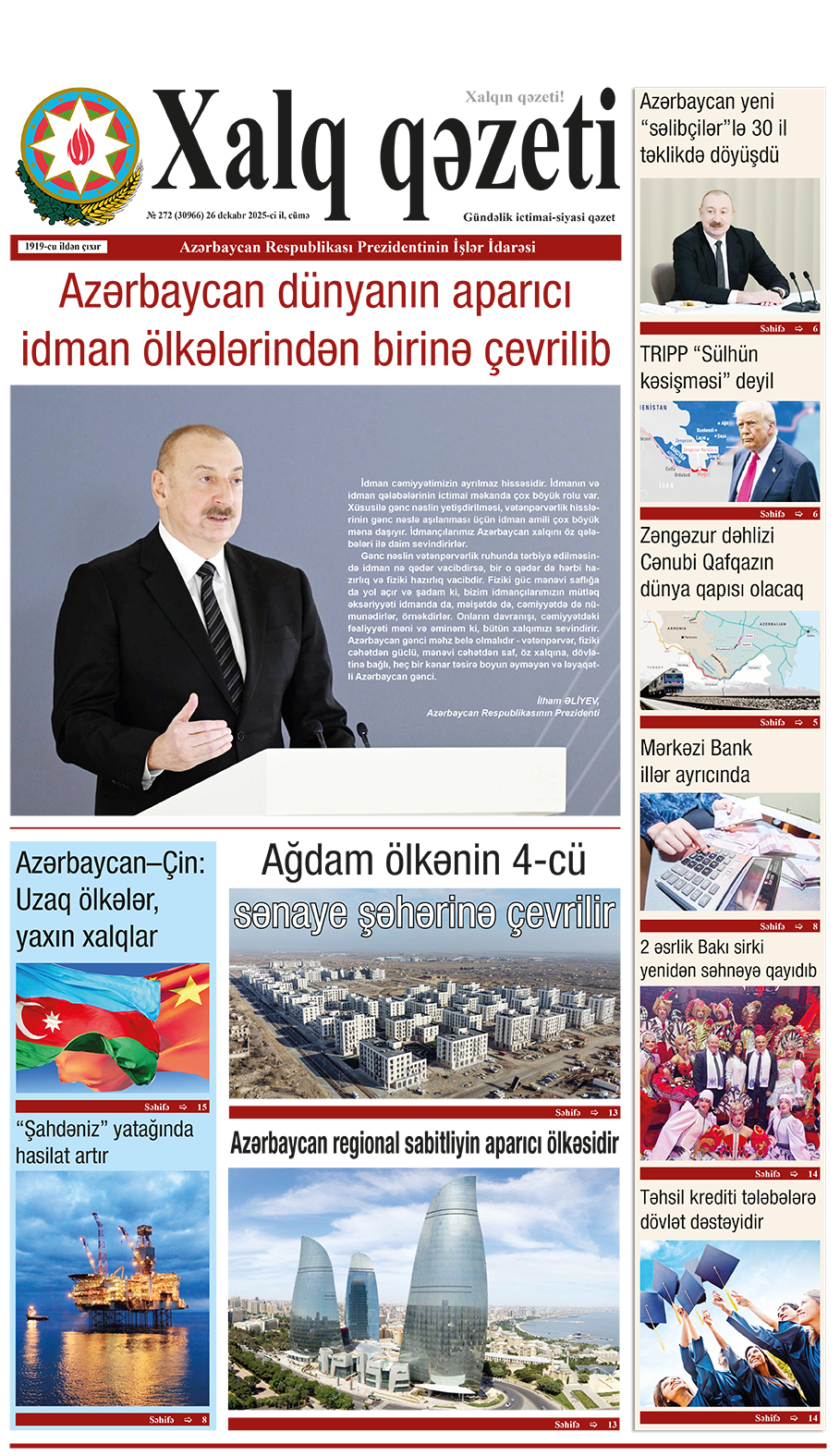ByJERUSALEM POST STAFF
The six kilogram trove, hidden in a decayed copper cauldron, includes rare twelfth century bishop coins and jewelry, according to the county administrative board.
On 12 October 2025 the Twitter account “Madam Archaeologist” posted a photograph of a mud-covered copper cauldron overflowing with silver coins and jewelry, captioning it “Massive Medieval Silver Hoard of Up To 20,000 Coins and Jewelry Unearthed Near Stockholm.” Within hours Swedish officials were answering calls from scholars worldwide seeking details about what may be the country’s largest early-medieval silver trove.
Authorities confirmed that the image showed the same cache an unidentified man struck while digging for fishing worms beside his summer house in a Stockholm suburb earlier in the autumn. His shovel hit the corroded vessel, whose walls had partly disintegrated, sending thousands of silver coins mixed with beads, pendants, and rings into the soil. Early counts suggested as many as 20,000 coins, Live Science reported, and the hoard weighed roughly six kilograms.
The man phoned the Stockholm County Administrative Board, which dispatched archaeologists to secure the site. “The finder acted completely correctly when he contacted us at the district administration,” said Sofia Andersson, an antiquarian with the board, according to ProTV News. Swedish law requires anyone who discovers buried antiquities to notify the state so experts can assess the objects and determine compensation.
Andersson and Lin Annerbäck, director of Stockholm’s Medieval Museum, oversaw the removal of the cauldron to a secure laboratory, where each item is being photographed, weighed, and catalogued. “We do not yet know exactly how many coins have been found, but there may be over 20,000,” said Andersson, according to Ilta-Sanomat. Annerbäck called the find “very extraordinary” and noted that medieval artifacts “have rarely been discovered in Stockholm,” Kompas reported.
Preliminary numismatic study placed most of the coins in the late 12th century. Several carry the inscription “KANUTUS,” the Latinized name of King Knut Eriksson, who ruled Sweden from 1173 to about 1195 and reintroduced royal coinage after more than a century, Ilta-Sanomat noted. Others are “bishop coins” showing a prelate holding a crosier—currency struck by powerful clergy, Live Science added. The blend of royal and ecclesiastical money points to a competitive minting economy less than a century before Stockholm’s official founding in 1252.
Researchers believe the cauldron was concealed during a turbulent period marked by military campaigns in Finland and internal dynastic strife. “It was a difficult time,” said Andersson, according to Kompas. Annerbäck told Focus Online that affluent families often hid portable wealth “to keep it in the family.”
The contents support that view: alongside the coins lie silver rings sized for adults, necklace pendants, and strings of glass or rock-crystal beads, hinting that a single prosperous household buried both cash and personal ornaments for safekeeping. “Each coin and piece of jewelry carries a story about a time when kingdoms were still struggling to maintain power,” Kompas observed.
Conservation now takes priority. Every coin will be X-rayed for hidden legends and weighed to reconstruct its original face value. After the inventory is complete, the County Administrative Board will send a report to the Swedish National Heritage Board, which will decide whether the state will purchase the hoard and how much to pay the finder, Vecernje Novosti stated. Although Swedish law guarantees remuneration for surrendered precious-metal objects, officials have not yet announced an amount.
The treasure is expected to enter a public collection, most likely the Medieval Museum in Stockholm, where specialists hope it will illuminate Sweden’s transition from a loose federation of provinces to a centralized monarchy. “The value of the find cannot be measured in money,” said Annerbäck, according to Ilta-Sanomat.
Produced with the assistance of a news-analysis system.


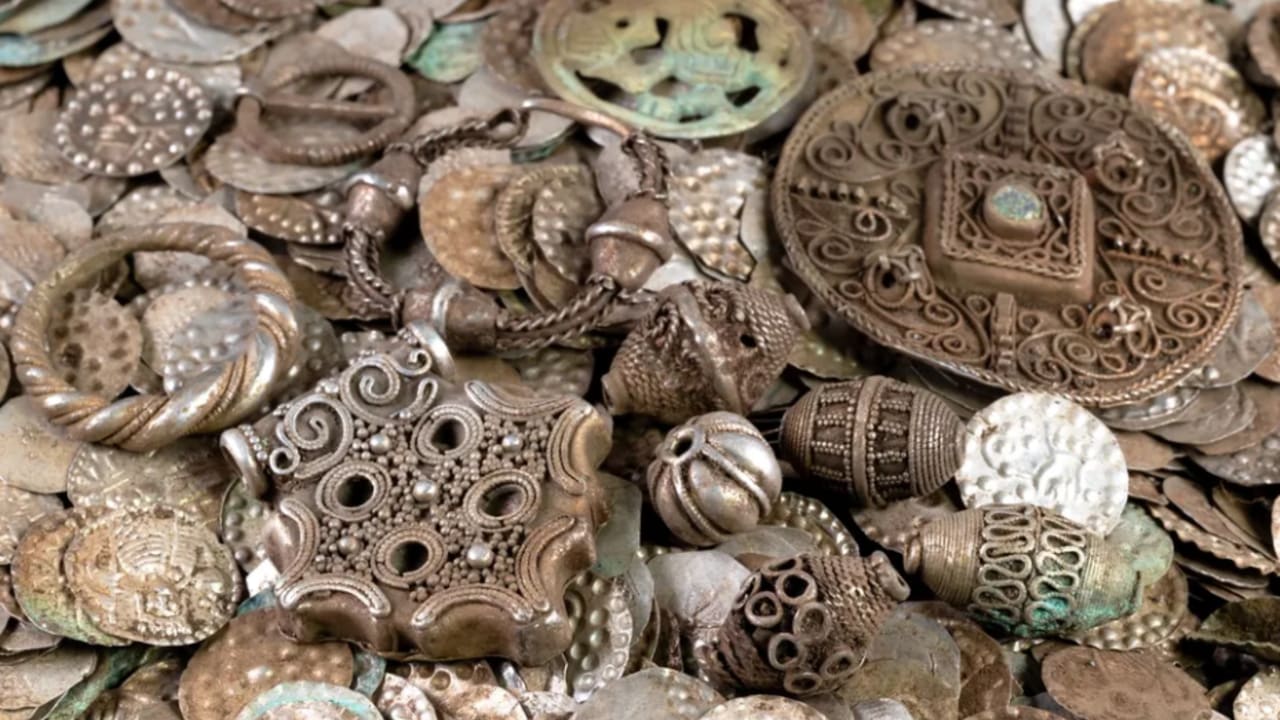

.webp)





